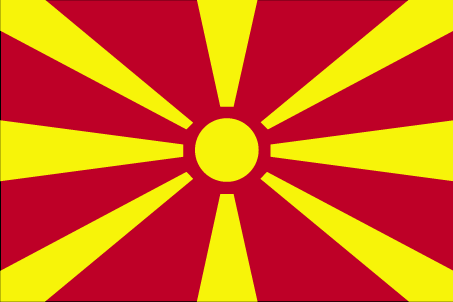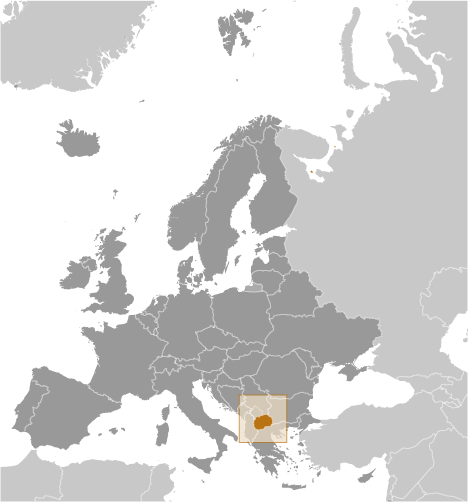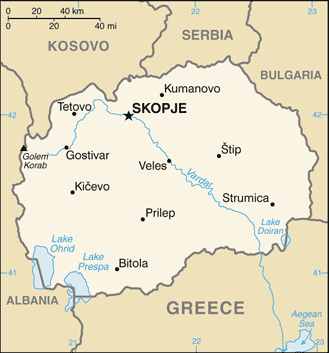Investing in Macedonia



Capital: Skopje
Population: 2.1 million
GDP: $9.17 billion
Having a small, open economy makes Macedonia vulnerable to economic developments in Europe and dependent on regional integration and progress toward EU membership for continued economic growth. At independence in September 1991, Macedonia was the least developed of the Yugoslav republics, producing a mere 5% of the total federal output of goods and services. The collapse of Yugoslavia ended transfer payments from the central government and eliminated advantages from inclusion in a de facto free trade area. An absence of infrastructure, UN sanctions on the downsized Yugoslavia, and a Greek economic embargo over a dispute about the country's constitutional name and flag hindered economic growth until 1996. Since then, Macedonia has maintained macroeconomic stability with low inflation, but it has so far lagged the region in attracting foreign investment and creating jobs, despite making extensive fiscal and business sector reforms. Official unemployment remains high at 31.7%, but may be overstated based on the existence of an extensive gray market, estimated to be more than 20% of GDP, that is not captured by official statistics. In the wake of the global economic downturn, Macedonia has experienced decreased foreign direct investment, lowered credit, and a large trade deficit. However, as a result of conservative fiscal policies and a sound financial system, in 2010 the country received slightly improved credit ratings. Macroeconomic stability also was maintained by a prudent monetary policy, which kept the domestic currency at the pegged level against the euro, while interest rates were falling. As a result, GDP growth was modest, but positive, in 2010.
National Bank of the Republic of Macedonia - http://www.nbrm.gov.mk/
Macedonia Investing News
2011-05-18 - (wsj) - Macedonia's capital gets a face-lift
Countries that border Macedonia: Albania | Serbia | Bulgaria | Greece
Learn more:
Back to Country Investing





